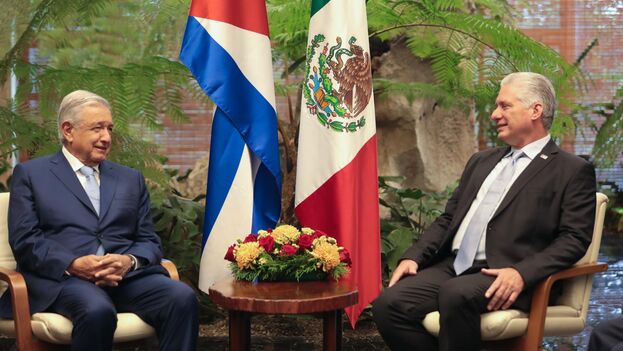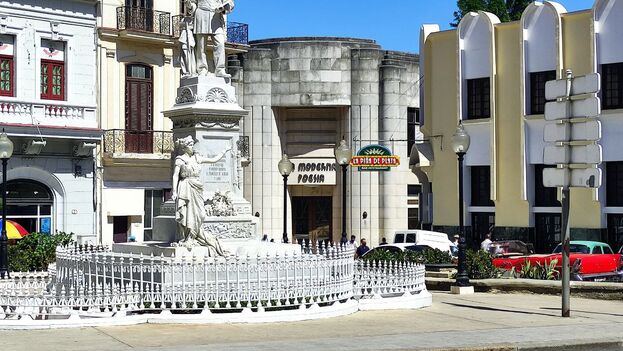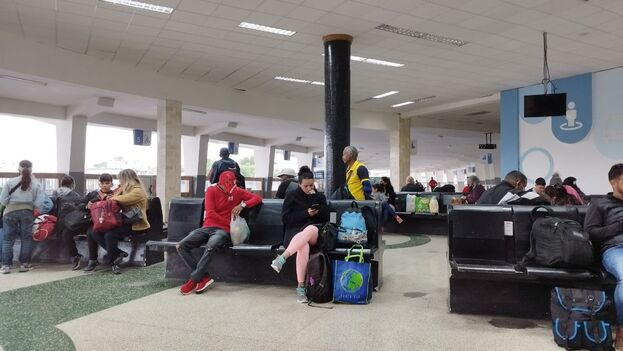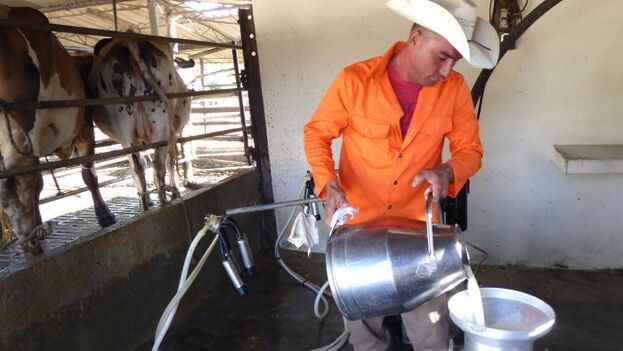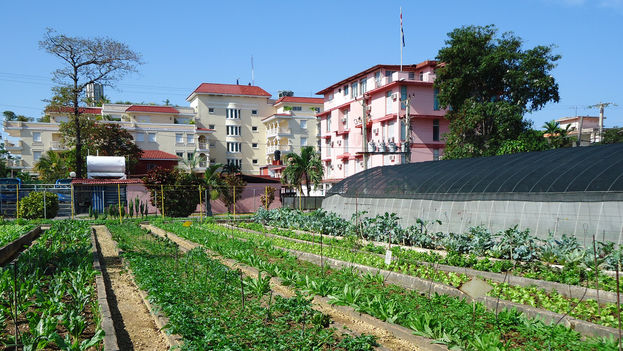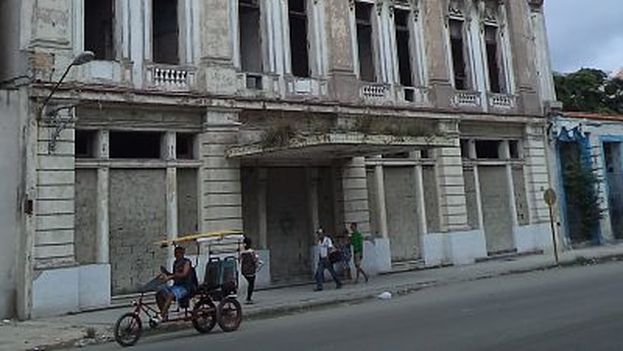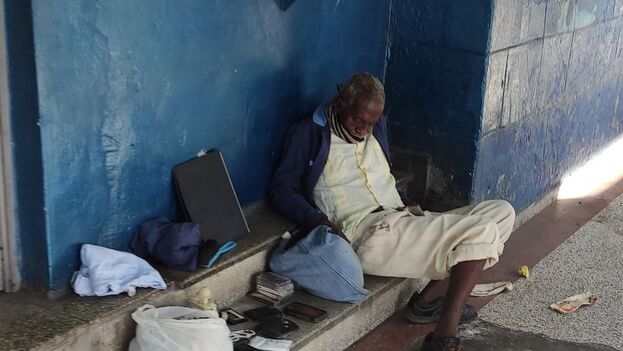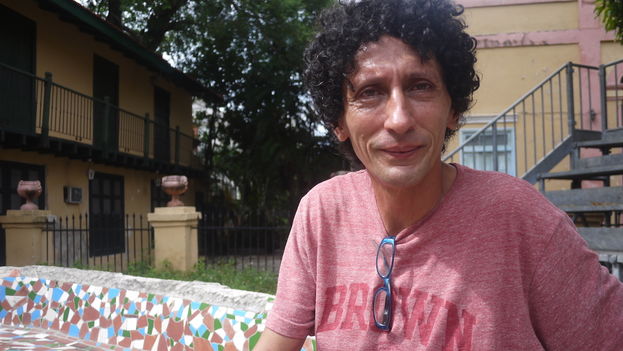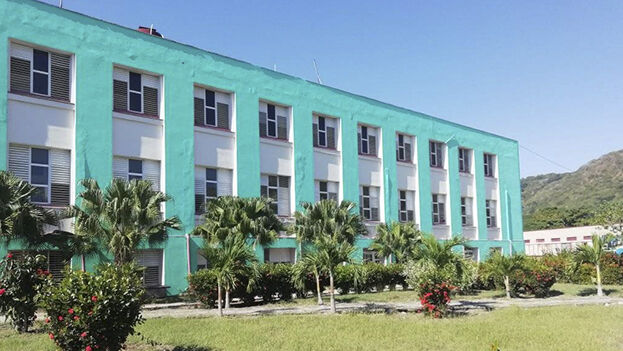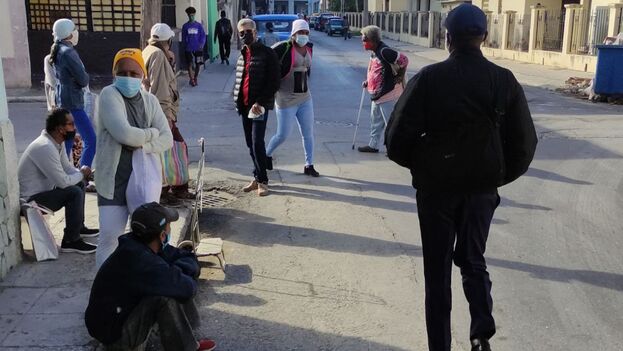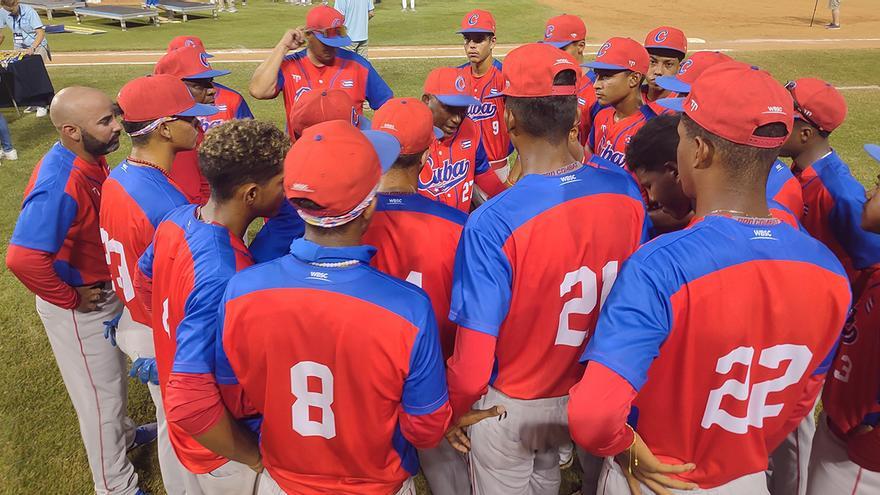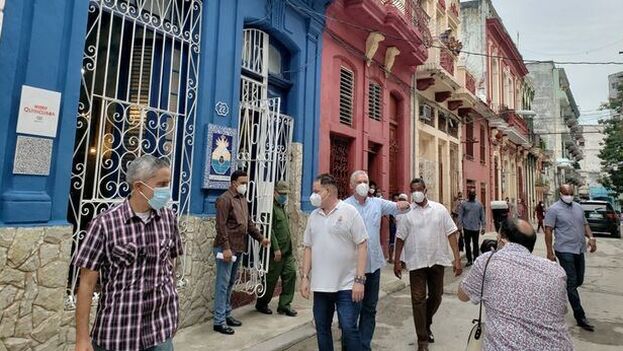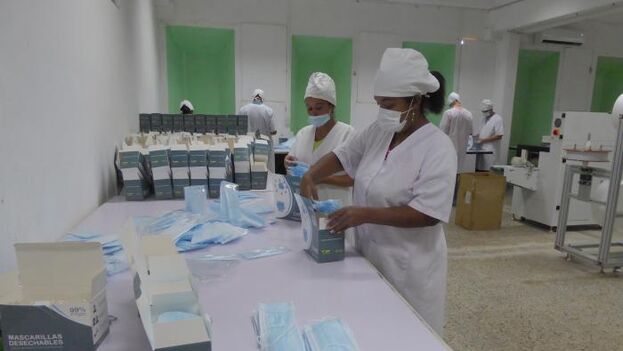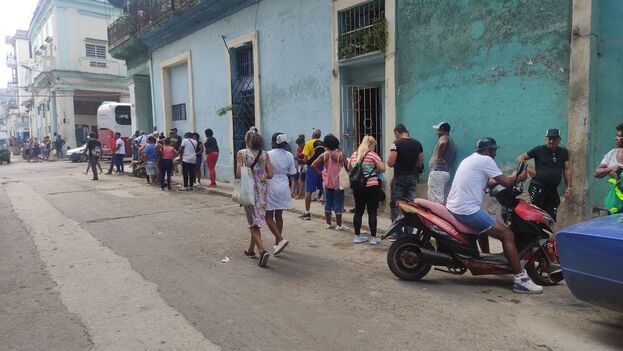
14ymedio, Yoani Sánchez, Generation Y, Havana, 29 December 2022 — To end this year, and together with several journalist colleagues, we prepared a list of the people and projects that had set the tone in Cuba during 2022 . The list of names was also a journey through the most important moments of these twelve months and a painful review of the crisis and tragedies that have hit the Island. Curiously, among the faces and events chosen there were more deceased than living people; more catastrophes than achievements.
Why is the balance of this year so gloomy in a country that is not at war nor has suffered a cataclysm of great proportions? The answer to that question lies in the persistence of the error, in the stubborn continuity of maintaining a model that has had six decades to prove its inability to deal with reality. This has been the year in which the long lines to buy food multiplied everywhere, in which families had to say goodbye to almost a quarter of a million migrants, and in which the hopes of that spark that caused the protests of 11 July 2021 vanished.
In 2022, we Cubans saw the Saratoga Hotel in Havana explode, taking 47 lives with it; the Supertankers base in the city of Matanzas burned for days, which also claimed another 17 souls, and we also attended the silent funeral of tens or hundreds of rafters who shipwrecked in the Florida Straits or Cuban migrants who died in the Darien jungle. A deadly year that, about to end, has not even brought the publication of the results of the expert and official investigation of its greatest misfortunes. continue reading
From that impulse to change things, which unleashed the largest popular demonstrations in Cuban history, there has been a time of fear and silence. It is a rare week that we do not have to say goodbye to some independent journalist colleague, surrounded by threats and the dangers of practicing the profession outside the narrow official limits. It has also been months of seeing the inflexibility of a power that has sentenced several of the July 11th [11J] participants to sentences of more than 20 years in prison.
But the regime has also suffered a significant deterioration in its international image, its ability to intimidate and its power to silence the citizenry. Criticism grows on all sides, discontent springs up and the diatribe – which no longer stops at rebuking the bureaucrats or local administrators – is directed like a precise arrow towards the highest levels of the Government. The year 2022 has also been the one of citizen awakening and the galloping loss of credibility of the Cuban Communist Party.
But a democratic change needs much more than accumulated disappointments and repeated failures. Rebellious and young people are needed to promote an opening. In the coming months, the migration will take a part of those much-needed citizens through Central America, in a social escape valve that will postpone the necessary transition on this Island. As hope we have the political attrition and the disputes “up there,” the possible death of some powerful nonagenarians and the regeneration capacity that every society has. For the coming year we have hope, can we count on something else?
___________________
Editor’s Note: This text was originally published by Deutsche Welle‘s Latin America page .
____________
COLLABORATE WITH OUR WORK: The 14ymedio team is committed to practicing serious journalism that reflects Cuba’s reality in all its depth. Thank you for joining us on this long journey. We invite you to continue supporting us by becoming a member of 14ymedio now. Together we can continue transforming journalism in Cuba.

